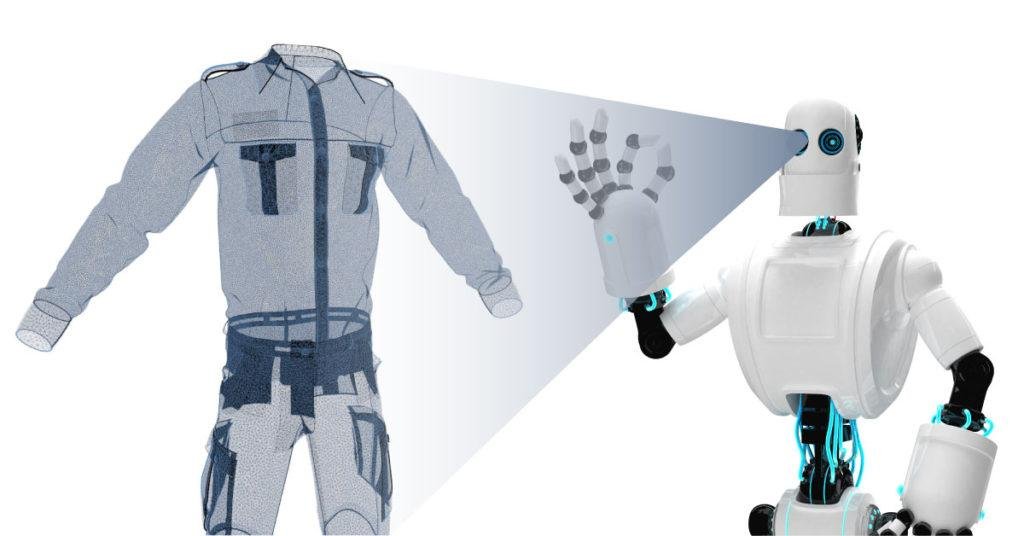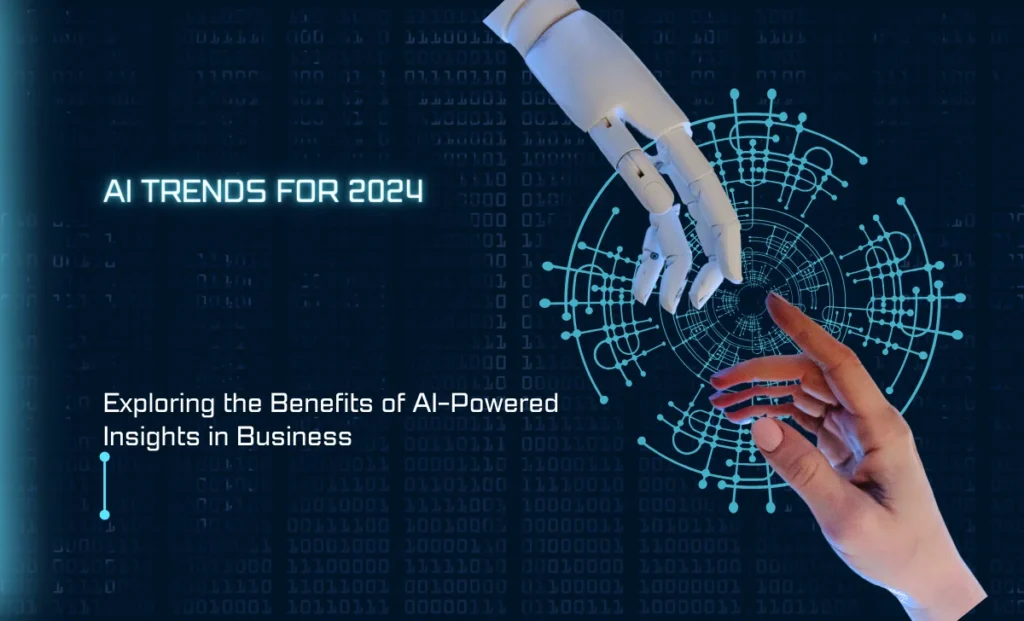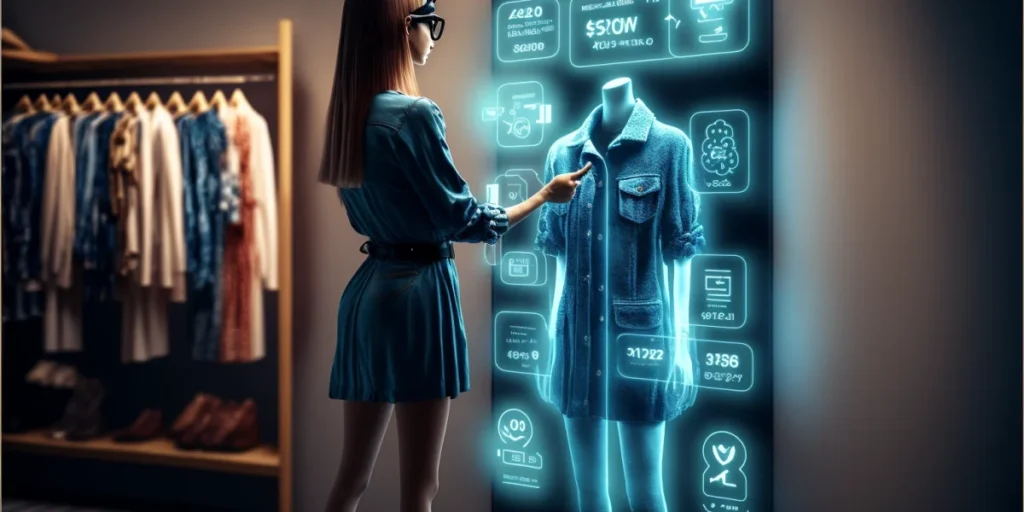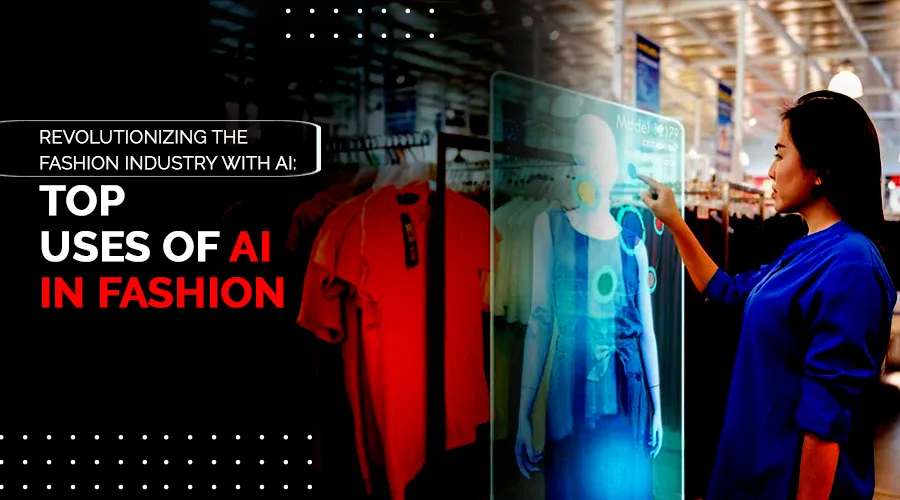Artificial Intelligence (AI) is transforming the fashion industry in 2025, influencing everything from predicting trends to designing and selling clothes. The impact of AI on fashion is making the industry smarter, more sustainable, and highly personalized. In this blog, we’ll explore how AI is changing fashion with real-life examples and practical applications.
The Impact of AI on Fashion
AI is redefining every aspect of the fashion industry, from trend prediction to marketing. The integration of AI tools enables brands to analyze consumer behavior, predict trends, and offer personalized shopping experiences, making fashion smarter and more innovative. The impact of AI on fashion has resulted in more efficient processes and greater sustainability, helping both businesses and consumers adapt to a rapidly changing world.

Predicting Trends with AI
AI has the ability to analyze large amounts of data from social media platforms, fashion websites, and online shopping patterns to predict what’s trending. It identifies what consumers are looking for and helps brands create collections that match demand.
Examples:
- Stitch Fix uses AI to analyze customer feedback and suggest clothing items that align with personal preferences while keeping up with the latest trends.
- Google’s Fashion Trends Report identifies global fashion preferences by studying search data, helping brands design accordingly.
By staying ahead of trends, brands not only save money but also reduce the risk of overproduction.
Personalized Shopping Experiences
AI personalizes the shopping journey by suggesting products based on a shopper’s history, preferences, and style. Virtual fitting rooms and augmented reality tools allow customers to “try on” clothes online, ensuring better satisfaction.
Examples:
- Amazon’s StyleSnap lets users upload photos to find similar outfits available for purchase.
- Zalando’s Virtual Fitting Room allows customers to see how clothing fits before buying, reducing returns.
This technology ensures shoppers find the perfect fit and feel confident about their choices.
Sustainability Through AI
AI is helping fashion become more sustainable by reducing waste and encouraging recycling. It predicts stock demand accurately, preventing overproduction, and supports eco-friendly practices such as material recycling.
Examples:
- H&M’s AI-Driven Recycling Program: AI sorts and processes used clothes into new fabrics, minimizing waste.
- EON’s CircularID Protocol tracks garments through their lifecycle, promoting reuse and recycling.
These efforts highlight how AI is essential for reducing the industry’s environmental impact.

Enhancing Creativity in Design
Designers are leveraging AI as a creative partner to explore new patterns, colors, and materials. AI generates ideas that help designers push boundaries, resulting in innovative and unique collections.
Examples:
- The Fabricant creates digital-only garments using AI, blending technology with creativity.
- Ivyrevel x Google developed data-inspired dresses based on users’ lifestyles, showcasing how AI can influence personalized fashion.
AI doesn’t replace designers but empowers them to explore possibilities that would be hard to imagine otherwise.
Revolutionizing Retail with AI
AI is revolutionizing both online and in-store retail experiences. Chatbots assist customers in real-time, while recommendation engines suggest products they’re likely to buy. Augmented reality enhances the shopping experience by allowing customers to visualize outfits before purchase.
Examples:
- Sephora’s AI Chatbots recommend beauty products based on customer preferences, streamlining the buying process.
- Tommy Hilfiger’s AI Mirrors let customers see how clothes fit without trying them on physically.
These innovations make shopping more convenient and engaging.
Optimizing Supply Chains
AI is improving supply chain efficiency by predicting demand, managing inventory, and speeding up production processes. This leads to cost savings and faster delivery of products to consumers.
Examples:
- Adidas’ Speedfactory uses AI-driven robotics to produce custom shoes faster, minimizing production times and waste.
- Burberry’s Inventory Management leverages AI to track stock and forecast demand, ensuring efficient operations.
These advancements make the production process smoother and more sustainable.

AI in Fashion Photography and Marketing
AI is also revolutionizing fashion photography and marketing by automating processes, enhancing visuals, and personalizing campaigns. AI tools are used to edit photos, create realistic models, and target specific audiences with tailored advertisements.
Examples:
- Adobe’s Sensei AI assists photographers by automatically enhancing images, adjusting lighting, and retouching details for a polished look.
- Deep Agency creates hyper-realistic virtual models for campaigns, reducing costs and diversifying representation in advertisements.
Marketing with AI: AI analyzes customer behavior and preferences to create personalized ad campaigns. For instance, brands like Nike use AI to craft targeted social media ads that resonate with their audience, ensuring higher engagement rates.
This approach makes marketing more efficient and visually appealing, helping brands stand out in a competitive market.
Conclusion
The impact of AI on fashion in 2025 is undeniable, reshaping the way clothes are designed, sold, and worn. AI empowers brands to predict trends, personalize shopping, embrace sustainability, and enhance creativity. It bridges technology with fashion, ensuring a smarter, greener, and more innovative future for the industry. As AI continues to advance, its influence on fashion will only grow, making it an exciting time for designers, brands, and consumers alike.
FAQs
How does AI predict fashion trends?
AI studies data from social media, online searches, and cultural shifts to identify emerging trends and consumer preferences.
Can AI make fashion more sustainable?
Yes, AI helps reduce waste by predicting demand accurately and supporting recycling initiatives like H&M’s clothing recycling programs.
What role does AI play in fashion design?
AI acts as a creative partner, helping designers generate new patterns, colors, and ideas that lead to innovative collections.
How does AI enhance shopping experiences?
AI offers personalized recommendations, virtual fitting rooms, and augmented reality tools that make shopping easier and more enjoyable.
Is AI replacing human designers?
No, AI complements designers by providing fresh ideas and speeding up processes, but creativity and emotional depth remain human-driven.
How is AI used in retail stores?
AI powers chatbots for customer assistance, recommends products, and uses augmented reality mirrors to improve in-store shopping experiences.
What are some examples of brands using AI in fashion?
Brands like Zara, H&M, and Adidas use AI for trend prediction, inventory management, and sustainable practices, showcasing its versatility across the industry.




